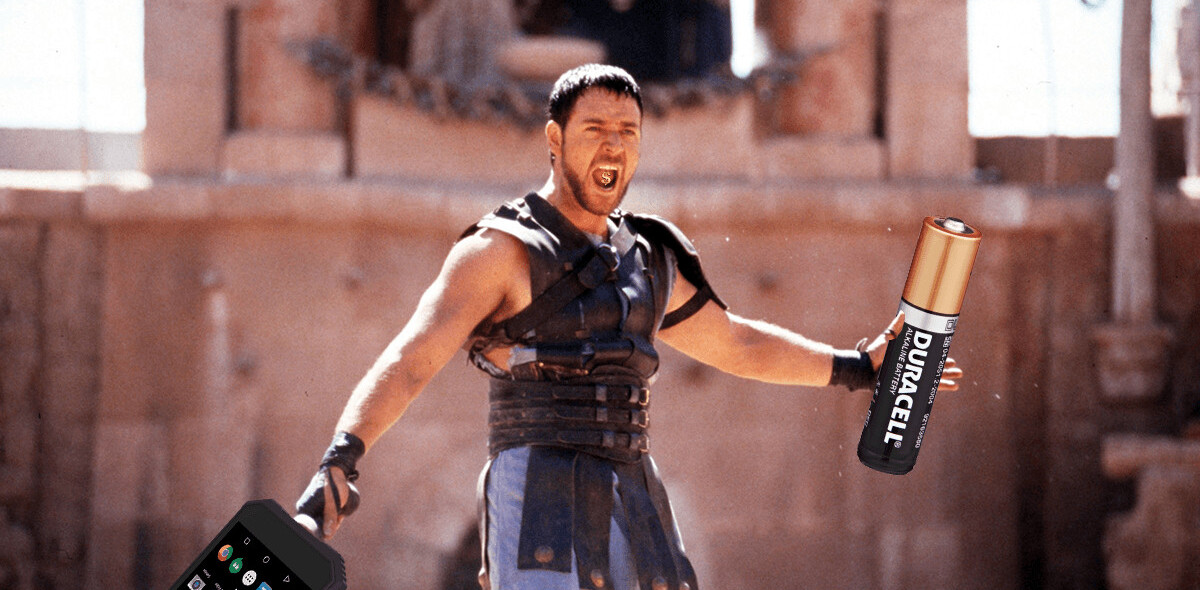
Today Nokia officially launched it’s device software store, called Ovi Store. The store is Nokia’s answer to Apple’s App Store. It should create an ecosystem for mobile application developers, allowing them to publish and sell their titles through Nokia’s infrastructure directly onto a wide range of Nokia smartphones.
Whilst TechCrunch and others have publicly slammed the launch, I did not experience many of the quirks mentioned elsewhere. Launching services globally can cause peak loads and peak loads can mean trouble – something we’ve seen with other world-wide go-lives, too. While we would expect a company like Nokia to do better, I wouldn’t take launch problems as an indicator for more than what they are: IT people coping with infrastructure under pressure.
That said, let’s focus on some of the more relevant aspects of this new mobile store front:
Offerings on the store are compatible with more than 50 Nokia devices and it can be accessed through a device’s browser. There’s also a stand alone application available analogues to Apple’s on device App Store application. (That’s a lot of “app” in one sentence, but hey, Apple named it like that.)

As I’m an Apple fanboy I couldn’t check out the store from an actual device but the web based version merely looks and works as expected. You’ll find fancy icons, quick descriptions and a star-based user driven rating system.
Besides the obvious similarities to the way Apple has pioneered the mobile app distribution business, there are yet some significant challenges, which Ovi Store has to overcome:
- Global support for paid content. A unique aspect of Apple’s offering is the companies billable customer relationship. Through it’s iTunes credit card processing engine and by forcing customers to activate their iPhones prior to first use (read: link their devices to their iTunes account) Apple is in the unique position to charge customers for downloading content. The ability to monetize their work has proven to be a huge driver for developers to jump onto the iPhone platform. The next major version of the iPhone OS expected for June/July will even allow developers to subsequently charge for premium content, something Apple calls “in-app-purchasing”.
The situation is totally different for Nokia. Nokia does not have the 50 million customers iTunes footprint and therefore needs to offer various micropayment alternatives in parallel.
So the Ovi Store relies on Operator billing in Australia, Germany, Ireland, Italy, Russia, Singapore, Spain and the United Kingdom and offers only free content in Brazil, France, Indonesia, Philippines, South Africa, Ukraine and Venezuela. Alternative payment options like credit cards are available in some countries.
The seamless, consistent and easy way of making purchases has been seen as a major reason for the App Store success. It remains to be seen whether consumers will also love shopping at Ovi Store.
- Covering a wide range of devices. Still having an estimated smartphone market share of about 43.7% Nokia has to support a wide range of devices. The first thing a user has to do when entering the Ovi Store is to select her device, as applications and personalization content is inherently device specific. This imposes a number of issues for application developers as they might have to maintain different code-bases and create content specific to device families. It’s also one more step users have to undertake, before they can start consuming.
- Including personalization offerings. You can’t customize your iPhone beyond ringtones. Nokia customers are used to theme all aspects of their devices, making it look like a Star Trek gadget or the latest American Idol fan club. Therefore Ovi Store consequently allows content providers to publish wallpapers, ringtones and other content for personalization in addition to applications. While this might appear to be a cool feature at first, there is a risk for Ovi Store to predominantly become a ringtone and wallpaper outlet, as this content largely exists and it’s a no-brainer for content publishers to bulk upload everything they’ve got to Ovi Store.
Content providers and developers access the Ovi Store through https://publish.ovi.com. Supported content types include J2ME, Flash applications, Widgets, Ringtones, Wallpapers, Themes and Nokia Series 40 and S60 solutions.
The experience with the publisher registration process was a bit more cumbersome as expected. For example I had to provide a “publisher brand logo” with an exact size of 256 x 256 pixels in the first step, which I did not have at hand.
Surprisingly Nokia asked me to pay a 70 US$ Ovi publisher registration fee at the final registration step. Apple also charges US$ 99 per annum, and I’m generally happy paying for these services, but at least Apple has the courtesy to let me know up front! Nokia’s publisher portal does not indicate that there is a fee to register anywhere, unless you finish your registration. Room for improvement.
The overall deal between developers and Nokia is structured similarly to the one Apple has set in place: A 70%:30% revenue share with the majority of the revenue flowing to the hands of the developers.
However, there is another difference in the fine print. Ovi Store’s Terms and Conditions state (emphasis by The Next Web):
Each selected price point is mapped to a specific retail price by Nokia, and such price points can vary depending on the distribution territory, operator billing requirements, local market pricing practices, local legislation, local currency differences when billing is not done in Euros, and other factors.
Clearly, this means that in regions where the invoicing is done by the network operators, they will likely grab part of the developers’ revenues, reducing the 70% down to a lower rate.
As a somewhat funny side note: The footnote on Ovi Store’s publisher portal says “Supported browsers: Mozilla Firefox 2+, Internet Explorer 7” – something I haven’t read on any professional site anymore since the late 90s. I have been able to register with the latest version of Safari for the Mac without any problems, though.
Conclusion? We will likely see many new App Stores launching in the months ahead and I’m planning to cover Vodafone’s recent announcement to build the first carrier based mobile storefront in one of my next posts. It remains to be seen whether they will all see the same level of success Apple undoubtedly gained with it’s iPhone OS platform.
Get the TNW newsletter
Get the most important tech news in your inbox each week.





